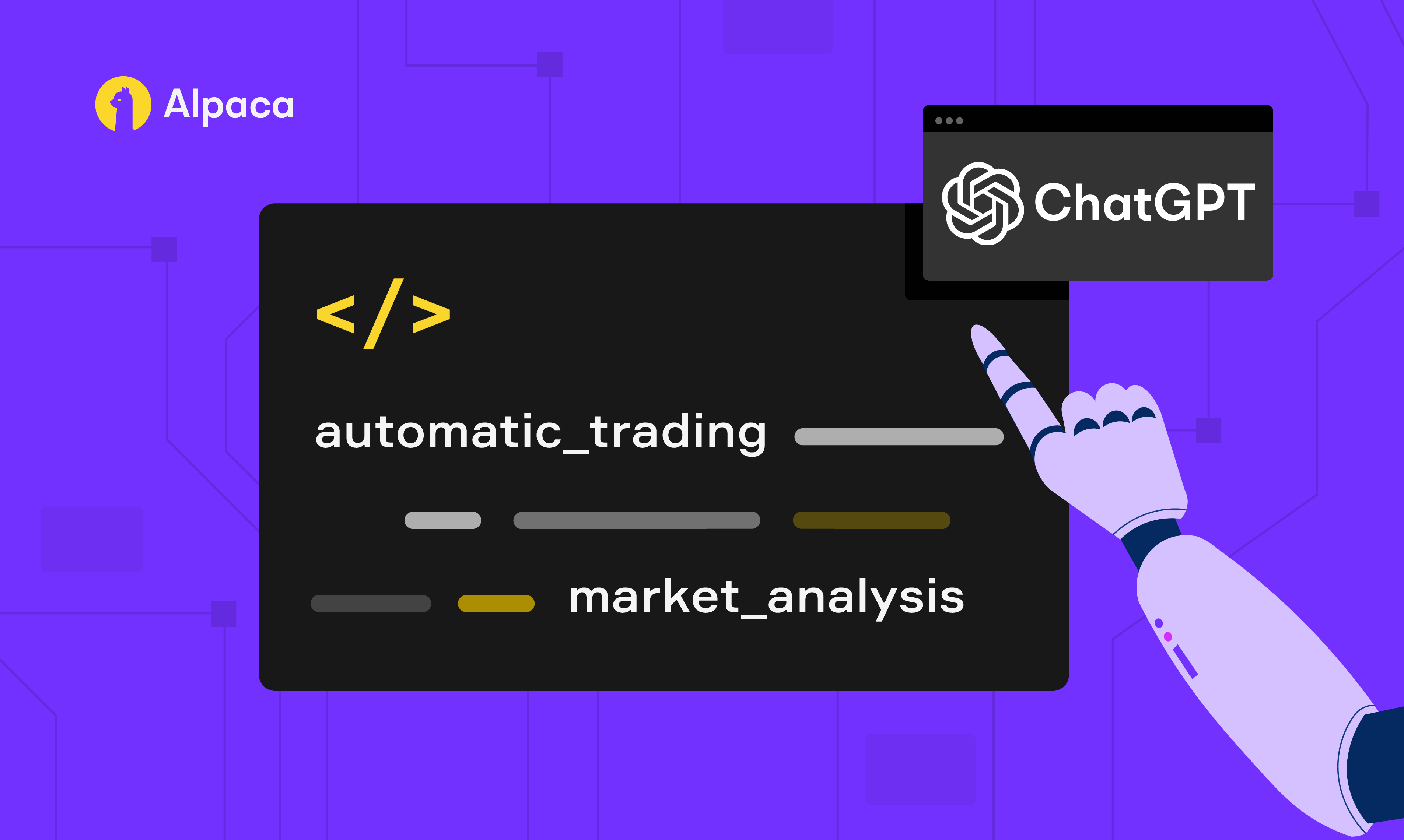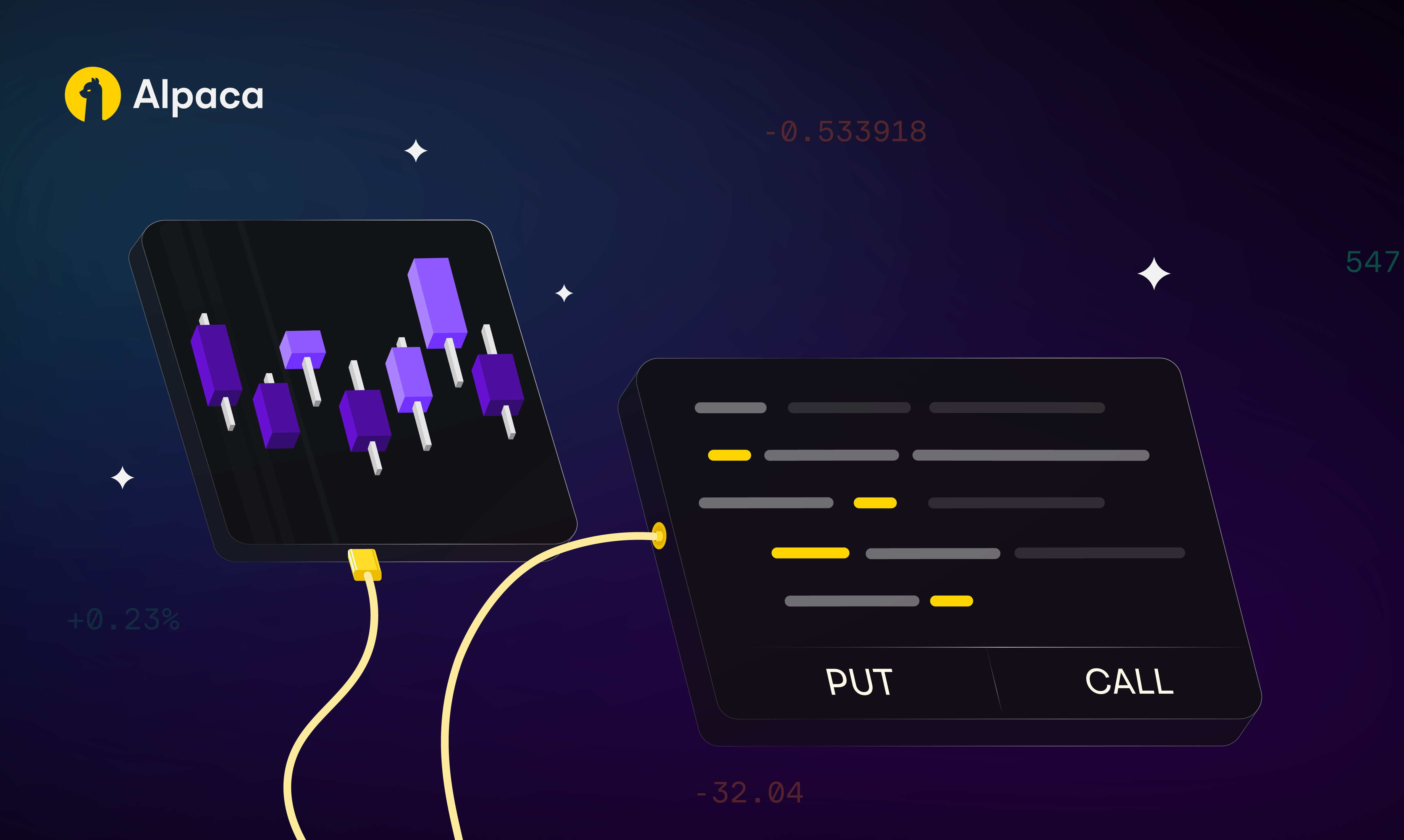Building an algorithmic trading setup can be an exciting journey into the intersection of finance and technology. This process involves creating automated systems that execute trades in financial markets based on predefined criteria, without the need for manual intervention. This endeavor necessitates a blend of quantitative analysis, programming proficiency, and a deep understanding of market mechanisms.
The process is comprehensive, involving several critical steps designed to equip individuals with the tools and insights required to execute trades automatically, based on predefined criteria. The aim is to leverage computational power to identify profitable trading opportunities based on market data analysis.
Establishing Your Development Environment
Setting up a development environment conducive to algorithmic trading involves several key components and considerations to ensure efficiency, accuracy, and ease of use.
Algorithmic Trading Platform & Software
When looking at algorithmic trading through the lens of development, attention turns to the process of choosing a trading platform that facilitates the development, testing, and deployment of algorithms. Selecting the right algorithmic trading platform is crucial because it directly impacts the efficiency, reliability, and profitability of your trading strategies. Alpaca provides a platform that caters to a wide range of users, from novices to seasoned professionals, enabling them to create trading algorithms. It offers the simplicity of low-code/no-code (LC/NC) solutions as well as the comprehensive control of conventional coding, adjusting effortlessly to the user's preferences.
LC/NC solutions are favored for their quick development capabilities and user-friendly interfaces. These solutions simplify app creation, workflow automation, and system integration for those without extensive coding knowledge. However, they can sometimes offer limited opportunities for customization and may not fully meet unique business or innovation needs.
On the other hand, traditional programming demands a thorough understanding of various coding languages, frameworks, and development practices, crucial for developing complex, scalable systems with enhanced performance, security and customized features.
Alpaca bridges these two worlds, providing a easy-to-use but sophisticated platform that users can tailor to their development journey. It features an array of low-code and no-code ideas perfect for those new to algorithmic trading, enabling them to gradually familiarize themselves with the domain.
As traders gain confidence and seek more sophisticated solutions, they can advance to more intricate coding tasks. Alpaca supports this development by supplying educational materials and tutorials that help users transition from LC/NC to full-fledged programming.
Other Development Environment Considerations
1. Programming Language Selection:
- Evaluation Criteria: Assess potential languages based on their suitability for financial analysis, backtesting capabilities, active community support, and integration with desired libraries and frameworks.
- Popular Choices: Python (extensive libraries, active community), R (statistical analysis, research-oriented), C++/Java (high-frequency trading), MATLAB (mathematical modeling).
- Decision Factor: Prioritize user-friendliness, familiarity, and alignment with project objectives.
2. Integrated Development Environment (IDE) Selection:
- Compatibility: Select an IDE specifically designed for the chosen programming language, such as PyCharm for Python, RStudio for R, or the native MATLAB IDE.
- Functionality: Evaluate features like debugging tools, code completion, project management, and customization options for user-friendliness.
- Learning Curve: Consider your prior experience with IDEs and their respective ecosystems.
3. Data Acquisition and Management:
- Historical Data: Secure access to comprehensive historical market data (price, volume, etc.) from reputable vendors or free sources.
- Real-time Data: Ensure a reliable real-time data feed is established for live trading, either through your broker or dedicated providers.
- Database Management: Implement effective data storage and retrieval systems like SQL databases (scalable cloud options available).
4. Computational Resources:
- Hardware Capabilities: Assess your current computing setup's capacity to handle complex analyses and large data volumes.
- Cloud Computing: Consider utilizing cloud-based solutions (AWS, Google Cloud) for enhanced scalability and processing power.
- Multiple Display Integration: Explore utilizing multiple monitors to improve workflow efficiency and visual comprehension.
5. Version Control and Collaboration:
- Version Control System (VCS): Implement a VCS like Git for tracking code changes, facilitating collaboration, and maintaining a structured development history.
- Team Communication: Utilize communication tools like Slack for efficient team interaction and coordination.
- Project Management: Consider project management tools like Trello or Jira for organizing tasks and progress tracking.
6. Backtesting Framework Integration:
- Framework Selection: Leverage existing backtesting libraries and frameworks compatible with your chosen language (e.g., backtrader for Python) to expedite backtesting processes.
- User-Friendly Interface: Prioritize frameworks with intuitive interfaces and clear documentation for ease of use and learning.
7. Risk Management Integration:
- Quantitative Metrics: Incorporate tools for assessing trading strategy risks, including metrics for drawdown, Sharpe ratio, and other risk/reward measures.
- Backtesting Integration: Ensure risk metrics are seamlessly integrated into the backtesting process for comprehensive risk evaluation.
8. Documentation Practices:
- Detailed Records: Maintain comprehensive documentation of your strategies, testing procedures, and outcomes to facilitate refinement and historical performance review.
- Structured Approach: Implement a clear and consistent documentation format for efficient referencing and knowledge sharing.
9. Dedicated Testing Environment:
- Real-world Simulation: Establish a testing environment that closely emulates real trading conditions, accommodating various market scenarios and stress tests.
- Data Integrity: Ensure the testing environment utilizes the same data sources and structures as the live trading environment.
10. Performance Evaluation Tools:
- Statistical Metrics: Integrate tools for gauging your strategies' effectiveness using metrics like return on investment (ROI), annualized returns, alpha, beta, and other quantitative measures.
- Visualization Tools: Utilize data visualization tools for clear and actionable insights into performance data.
11. Continuous Learning and Development:
- Market Trend Awareness: Remain current on evolving financial markets, emerging tools and methodologies, and dynamic market trends.
- Community Engagement: Actively participate in online communities and forums to learn from and share experiences with other developers.
- Formal Education: Consider pursuing formal education or training programs to deepen your understanding of algorithmic trading concepts and techniques.
By meticulously addressing these considerations, you can construct a user-friendly development environment that empowers you to efficiently build, backtest, refine, and deploy your algorithmic trading strategies. Remember, the journey to successful algorithmic trading necessitates dedication, continuous learning, and a user-centric approach to your development environment.
Mastering Your Languages, Libraries, and Charting for Algorithmic Trading
The quest for alpha in the options market takes more than just intuition and gut feeling. Algorithmic trading offers a data-driven approach for navigating the complexities of options, but choosing the right tools is crucial for success. So, let's explore the programming languages, libraries, and charting software to equip you for algorithmic options trading adventures!
Programming Language
- Python: The undisputed king of the algorithms, Python reigns supreme with its user-friendliness, vast libraries, and vibrant community. Its intuitive syntax and readily available resources make it accessible to beginners and experts alike.
- C++: For those seeking raw speed and computational power, C++ comes knocking. Its performance edge can be advantageous for complex strategies and high-frequency trading. However, its steeper learning curve requires more programming expertise.
- Java: Offering stability and robust infrastructure, Java is a viable option for large-scale trading platforms. Its object-oriented programming paradigm facilitates modularity and scalability, but its setup and complexity may deter newcomers.
Alpaca supports a number of languages with open-source SDKs including Python via Alpaca-py. In addition, we also make available community-led SDKs and wrappers for C++, Java and many others.
Data Analysis Libraries
- NumPy: The fundamental workhorse, NumPy provides efficient tools for data manipulation and numerical calculations. Its multidimensional arrays and vectorized operations handle large datasets with ease.
- Pandas: Your data wrangling hero, Pandas excels at organizing and analyzing financial data. Its data structures like DataFrames and Series simplify data manipulations like cleaning, filtering, and merging.
- SciPy: The scientific sidekick, SciPy offers statistical functions, optimization algorithms, and integration tools crucial for option pricing models and risk analysis.
- Scikit-learn: For quants interested in incorporating machine learning into their trading strategies, scikit-learn provides a wide array of algorithms and tools for predictive modeling.
Option-Specific and Other Trading Libraries
- QuantLib: This is one of the most comprehensive libraries for quantitative finance. It covers a wide range of financial instruments and pricing models, including those for options. QuantLib is well-suited for quants looking to perform complex pricing models, risk management, and strategy development.
- Mibian: This is a straightforward and easy-to-use library specifically for options pricing. It supports the Black-Scholes and the Garman-Kohlhagen models and can be used to calculate the Greeks for European options.
- TA-Lib: Used for technical analysis, TA-Lib is useful for building indicators and technical analysis components into options trading models.
- Zipline: Zipline allows you to test and refine your options strategies on historical data. Its user-friendly interface and integration with Python libraries make it perfect for beginners.
- PyAlgoTrade: The flexible framework, PyAlgoTrade offers a modular platform for building your own trading system. Its extensive features, including order types and data feed integration, cater to experienced programmers.
Visualization and Charting Software
- Matplotlib and Seaborn: For data visualization, these libraries are indispensable.The basic but powerful option, Matplotlib offers customizable charts and visualizations for analyzing your data. Its flexibility and integration with Python libraries make it suitable for basic visualizations and understanding trends.
- TradingView: TradingView provides a wealth of technical indicators, drawing tools, and advanced chart types. Its comprehensive market data access and social features cater to seasoned traders seeking in-depth analysis and community insights. Alpaca offers a seamless integration and direct trading capability with TradingView.
To summarize…
- Match your needs: Choose your tools based on your skill level, strategy complexity, and budget. Start simple and adapt as you progress.
- Focus on learning: Utilize tutorials, documentation, and online communities to become proficient in your chosen tools and develop your algorithmic trading skills.
- Apply risk management: Don't rely solely on algorithms. Integrate proper risk management practices and paper trading to test your strategies before risking real capital.
At its core, building an algorithmic trading setup is a path marked by ongoing growth and modification. Equipped with the appropriate platform, programming languages, analytical libraries, and visualization tools, you can approach the financial markets with both assurance and accuracy.
It's important to recognize that the quest for proficiency in algorithmic trading is never-ending – there's always room for enhancement of your toolkit. Whether you're an experienced trader seeking to mechanize your strategies or a novice drawn to the opportunities a world of possibilities awaits you.
Options trading is not suitable for all investors due to its inherent high risk, which can potentially result in significant losses. Please read Characteristics and Risks of Standardized Options before investing in options.
Past hypothetical backtest results do not guarantee future returns, and actual results may vary from the analysis.
All investments involve risk and the past performance of a security, or financial product does not guarantee future results or returns. There is no guarantee that any investment strategy will achieve its objectives. Please note that diversification does not assure a profit, or protect against loss. There is always the potential of losing money when you invest in securities, or other financial products. Investors should consider their investment objectives and risks carefully before investing.
The content of this article is for general information only and is believed to be accurate as of posting date but may be subject to change. Alpaca does not provide investment, tax, or legal advice. Please consult your own independent advisor as to any investment, tax, or legal statements made herein.
The Paper Trading API is offered by AlpacaDB, Inc. and does not require real money or permit a user to conduct real transactions in the market. Providing use of the Paper Trading API is not an offer or solicitation to buy or sell securities, securities derivative or futures products of any kind, or any type of trading or investment advice, recommendation or strategy, given or in any manner endorsed by AlpacaDB, Inc. or any AlpacaDB, Inc. affiliate and the information made available through the Paper Trading API is not an offer or solicitation of any kind in any jurisdiction where AlpacaDB, Inc. or any AlpacaDB, Inc. affiliate (collectively, "Alpaca") is not authorized to do business.
Please note that the content is for informational purposes and is believed to be accurate as of posting date but may be subject to change. All screenshots are for illustrative purposes only.
Securities brokerage services are provided by Alpaca Securities LLC ("Alpaca Securities"), member FINRA/SIPC, a wholly-owned subsidiary of AlpacaDB, Inc. Technology and services are offered by AlpacaDB, Inc.
This is not an offer, solicitation of an offer, or advice to buy or sell securities or open a brokerage account in any jurisdiction where Alpaca Securities are not registered or licensed, as applicable.




